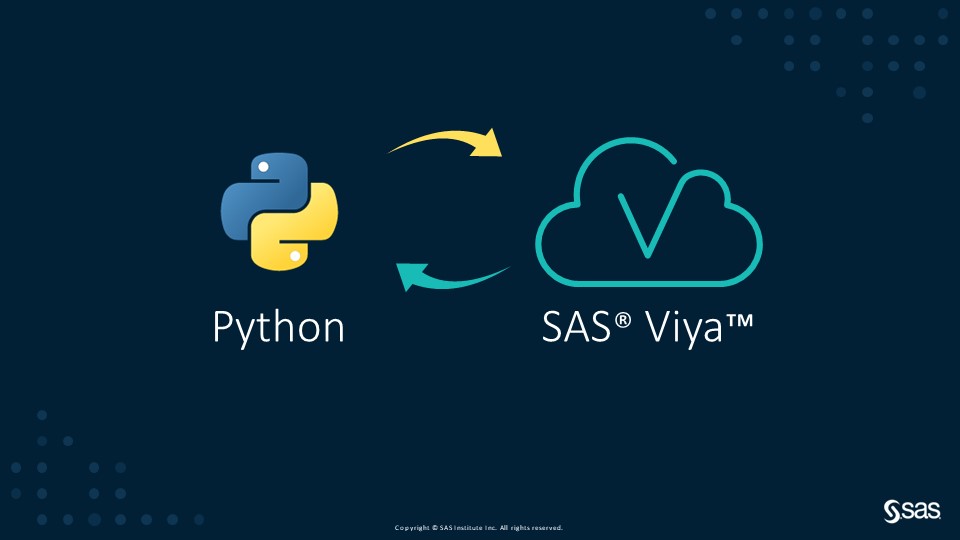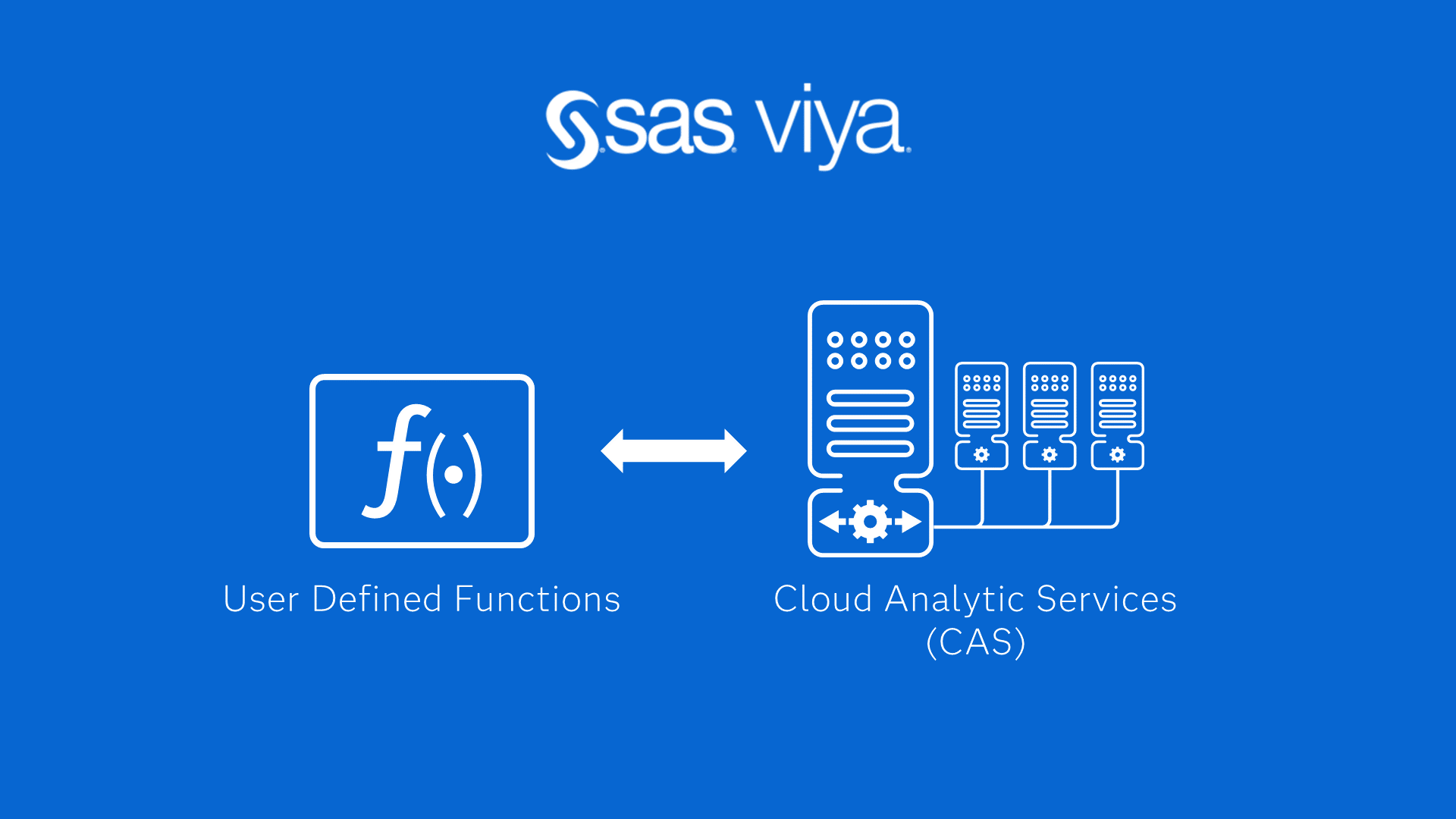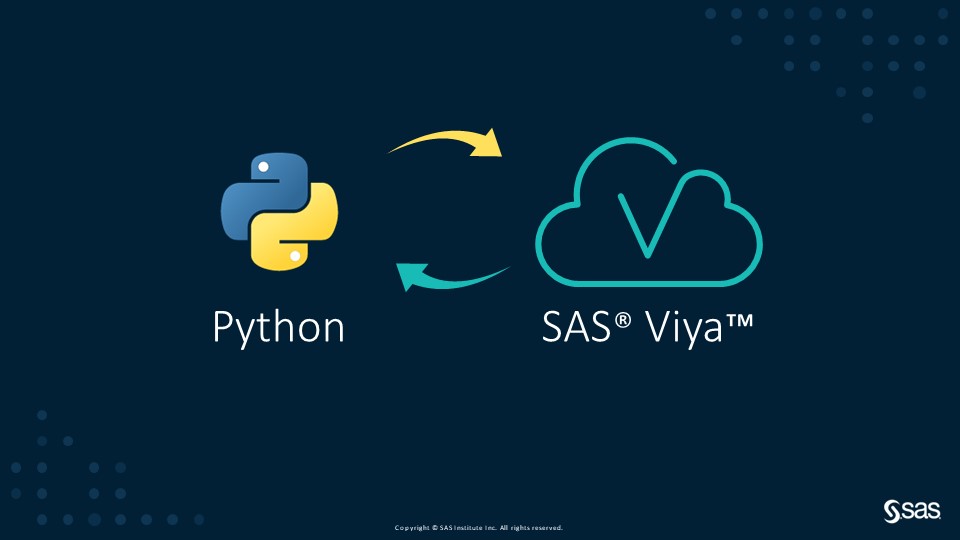自然言語処理とSAS (2)
こんにちは!SAS Institute Japanの堀内です。今回も自然言語処理について紹介いたします。 第1回目の投稿では、最近の自然言語処理の応用例とSAS社が携わった自然言語処理関連の実案件の概要を紹介しました。 第2回目の本投稿では実際にSASを使って日本語の文章を扱う自然言語処理の例を解説していきます。 テキストデータって何? 自然言語処理を語る前に、自然言語処理が処理対象とするデータのことを知る必要があります。自然言語処理で扱われるデータはテキストデータと呼ばれています。ここからはテキストデータがどういうものか探っていきます。 テキストとは以下のようなものです。 「自然言語処理で扱われるデータはテキストデータと呼ばれています。本投稿ではテキストデータがどういうものか探っていきます。」 何の変哲もない日本語の文章です。日本語以外の言語で書かれた文章ももちろんテキストと呼ばれます。 ではテキストデータとは何でしょう?データと言うからには何らかの構造を持っていると考えます。例えば行と列が与えられたテーブルデータがわかりやすい例です。 テキストデータと呼ぶとき、テキストに何らかの構造を与えられたものを想起すると良いかと思います。上で挙げたサンプルのテキストをテキストデータに変換してみましょう。 ["自然言語処理で扱われるデータはテキストデータと呼ばれています。", "本投稿ではテキストデータがどういうものか探っていきます。"] これは句読点でテキストを区切り、リストに格納した例です。やりかたは他にもあります、 [["自然言語処理", "で", "扱われる", "データ", "は", "テキストデータ", "と", "呼ばれて", "います", "。"], ["本投稿", "では", "テキストデータ", "が", "どういうもの", "か", "探って", "いきます", "。"]] これは先ほどの例で2つのテキストに区切ったうえで、それぞれのテキストを更に単語ごとに区切って別々のリストに格納した例になります。これをテーブルデータのように整えると、 ID COL1 COL2 COL3 COL4 COL5 COL6 COL7 COL8 COL9 COL10 1 自然言語処理 で 扱われる







